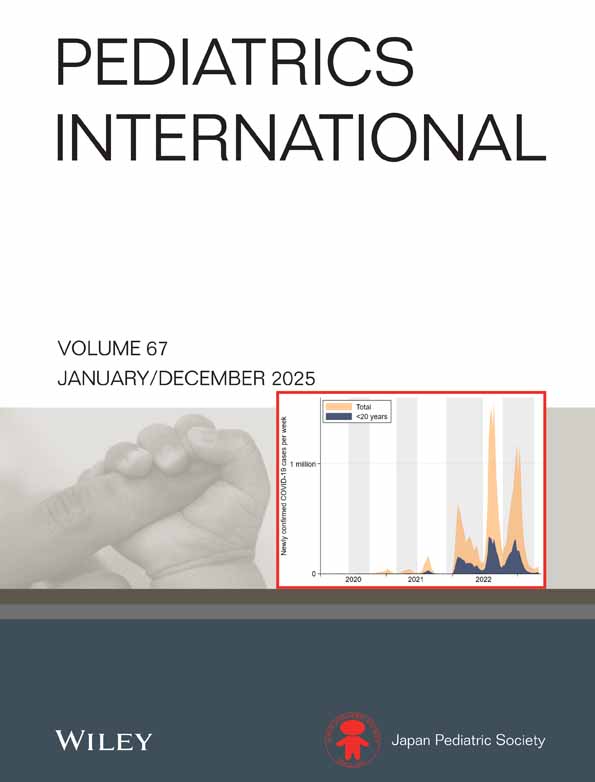Trends in survival of childhood malignancy for the past three decades II: Neoplasms of the respiratory, skeletal, genital, skin and endocrine organs and malignant teratomas
Abstract
Survival of childhood neoplasms has improved considerably during the past three decades. Improvement in survival rate for relatively infrequent neoplasms was assessed based on data obtained from the largest children's hospital in Japan.
Using the data of the cancer registry of the hospital which recorded all the patients from 1965 to 1993 totalling 1026 cases, survival rate was analyzed for each type of neoplasm categorized by the S-classification for Childhood Neoplasms, a modification of the International Classification of Diseases. Survival was assessed for three 10 year periods from 1965 for infrequent neoplasms and for two 15 year periods for rare neoplasms.
Improvement of survival was considerable in the neoplasms of the respiratory organs, genital organs and germ cell tumors, moderate in bone tumors and poor in the muscle and connective tissues.
In conclusion, in some types of relatively infrequent neoplasms, survival improved considerably. But in soft parts and connective tissues (mostly rhabdomyosarcoma) improvement of survival was poor.




